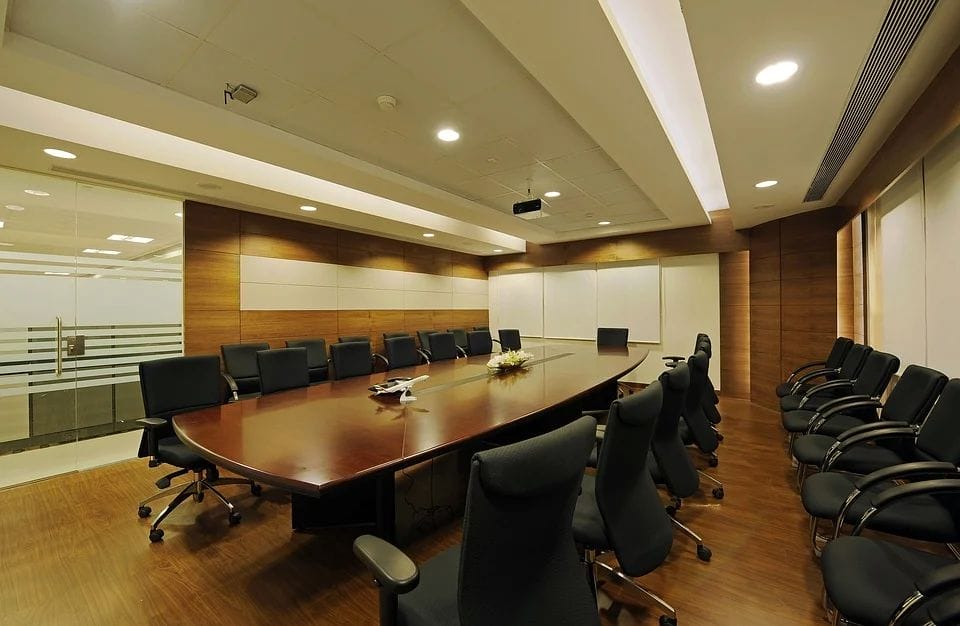
Have you heard about Digital Twin technology, but you’re not sure how it works or why it is relevant to your business?
As we continue to connect increasingly complex enterprise software and building systems, we require digital models to give us a glimpse into what is happening and can happen with physical assets. That’s where Digital Twin technology comes into play.
Let’s briefly cover what Digital Twins are and how Digital Twin software can benefit countless applications and processes.
A Digital Twin is an exact virtual replica of a physical object, asset system, facility, or enterprise. By using real-world data pulled from its physical counterpart, Digital Twins can simulate processes to predict how an asset or system is currently performing and how it will perform in the future.
For example, a Facility Manager might look at the Digital Twin of a specific building system, such as an HVAC system, to run simulations, research the system’s design, and plan ways to enhance the system’s performance. It’s safer and easier to look at the digital version of a product in many cases, as it allows professionals to take a very detailed look at specific components.
There are many different types of Digital Twins, which vary depending on the industry, object, process, or need. Developing several Digital Twin types for a single process, object, or service is not uncommon.
Some common Digital Twin types include:
Digital Twin software offers several benefits for professionals who develop, design, and manufacture products and services. Creating detailed digital images enables more efficient research and development. Data collection and analysis features help predict complications before they arise, enhancing performance results. Digital planning also reduces unnecessary costs by perfecting objects and processes before physical production starts.
For Facility Managers, Digital Twins offer the ability to enable predictive and proactive maintenance plans for digitally connected building systems, extending the life cycle of these systems and maximizing system uptime. This advanced capability is one of the many innovative features a Digital Twin brings to an organization.
For example, by examining the digital version of a piece of machinery, engineers and manufacturers can run tests to determine which components need improvements. This way, they can bypass the steps that come with changing parts of the physical model and comparing the effectiveness of said changes.
Additionally, Digital Twin technology can be useful in monitoring existing products and services. In doing so, developers can simultaneously examine several approaches to achieve the highest possible efficiency. Methods that yield positive results can be introduced immediately or implemented into new versions. Implementing this monitoring and subsequent processes helps Facility Managers optimize their labor and automate as many maintenance tasks as possible.
Finally, Digital Twins can be beneficial in planning the next steps for equipment that has reached the end of its lifecycle. Examining the Digital Twin allows manufacturers to separate recyclable parts from parts that must undergo a different form of disposal.
While this type of technology may sound futuristic, Digital Twins are already widely used in several industries. Areas of utility include:
To conclude, Digital Twins provide engineers, designers, and manufacturers with a piece of equipment or series of processes that they can examine from the palm of their hands. Digital Twin technology allows tests to be conducted, specific components to be examined, and enhancements to be made before ever having to dispatch labor for the physical version of the product.
© 2023 EDI